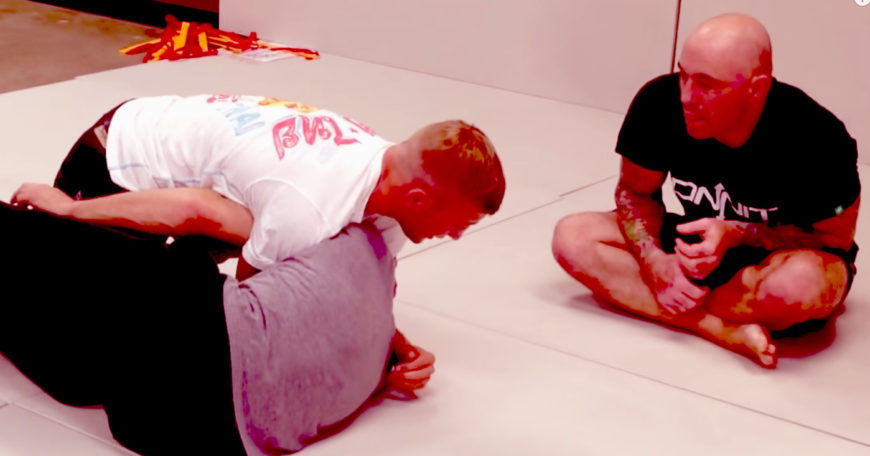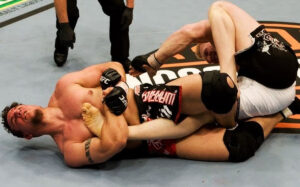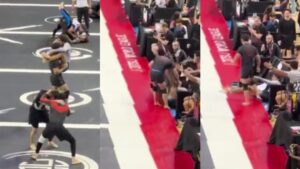Having a developed guard is crucial for a well-rounded skill set in Brazilian jiu-jitsu. A good guard game is beneficial for both defense and offense, and practiced guard players can simultaneously work on defending themselves while moving toward transitions and submissions that can help them defeat their opponents.
The problem, of course, is that many jiu-jitsu students struggle to use their guard effectively. Poor guard retention can lead to you getting your guard passed, setting off an unfortunate chain of events that can put you on the losing end of a point deficit or submission. And even if your guard retention is good, you may end up stuck on the bottom if you don’t know how to look for submissions or sweeps.
A good jiu-jitsu instructor can teach you specific techniques to improve your guard, and there are some major concepts that you can focus on in your day-to-day training to boost your ground game. Focus on these big ideas for a better guard:
1- Develop better hip movement.
“Shrimping” is practiced in every single class as part of the warm-ups in many BJJ gyms, and for good reason: not only are hip escapes valuable for escaping tough positions like side control, but they can also help you adjust your guard in the blink of an eye. As your opponent moves to one side to try to pass, being able to flip to your other hip and create more space can be crucial to retaining your guard and giving yourself the room you need to execute your plan.
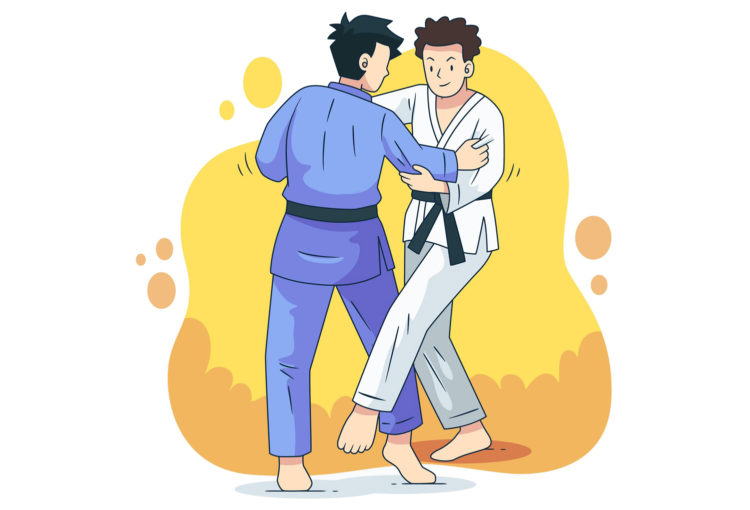
Your arms and upper torso will help you with the pulling potions you need to retain grips, and your hips will serve the pushing motions you do with your feet and legs to maintain distance between you and your opponent. Developing better control of your hips can also help you determine which angles you can work from to land sweeps and submissions from guard. Make sure you stretch your hips to aid your post-training recovery and pay attention to how your more advanced training partners move their hips when you try to pass their guard.
2- Spend more time upside-down.
Inverting isn’t for everyone, but if you are comfortable with it and know how to do it, it can prove a valuable asset to your guard game. An inverted guard can greatly assist with guard retention, giving you another angle to work from instead of just conceding the position when your opponent begins to work their way past your legs.
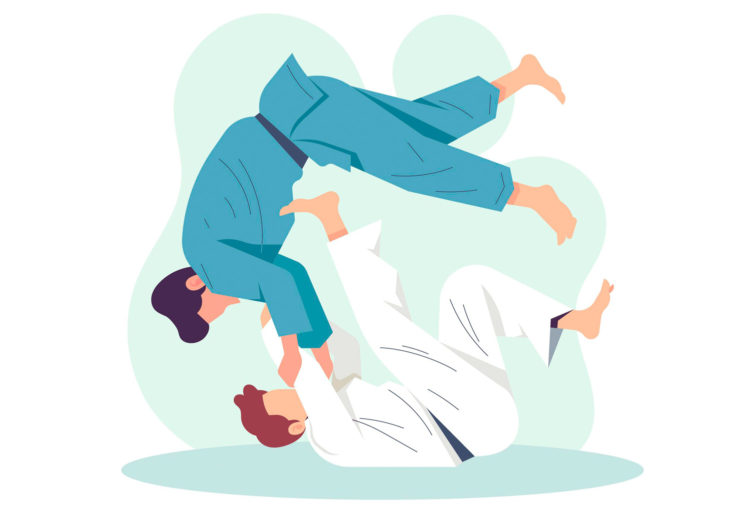
As you get more comfortable with the position, you can also start to practice submissions from inverted guard. These submissions are particularly useful, as your opponent may not even see them coming as they try to figure out how to deal with an upside-down competitor.
If you have a striking bag hanging in the gym or at home, you have a way to practice inverting. Sit facing away from the bag, then lie back and throw your legs over your head as you would in a backward roll, capturing the bag loosely between your ankles. From there, you can cross your legs and push off the bag to practice spinning back around until you’re facing the bag again. This is a great way to get used to using an inverted guard to return to open guard and learn how your body moves from an inverted position.
3- Focus on passing.
Perhaps it seems counterintuitive to focus on the exact opposite of the position you want to improve, but shifting your mindset can actually help you figure out what works and what doesn’t for your own guard. As you try to pass your teammates’ guards, what are they doing that’s stopping you? What are they doing that’s not stopping you? Which guards are most frustrating for you to pass, and which ones do you step right through?
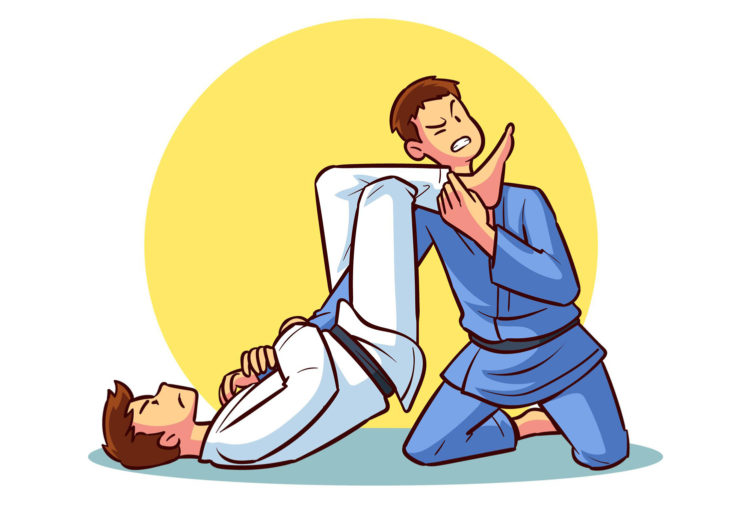
Obviously, this requires a lot of critical thinking in the middle of a roll, which is why you need to do it often if you want to see improvements in your own guard. Consider writing down your mental notes after class so you don’t forget what you’ve picked up on, and implement new strategies into your game one by one to give yourself a point of focus instead of trying everything all at once.
4- Stay flexible.
It’s no secret that flexible limbs can really help you as a jiu-jitsu athlete. Being supple and mobile is even more important, however, if you want to have a great guard game. As your limbs connect with your opponent’s body, greater flexibility will allow you to follow their movements without breaking that physical connection, making it harder for them to simply throw your arms and legs aside to pass.
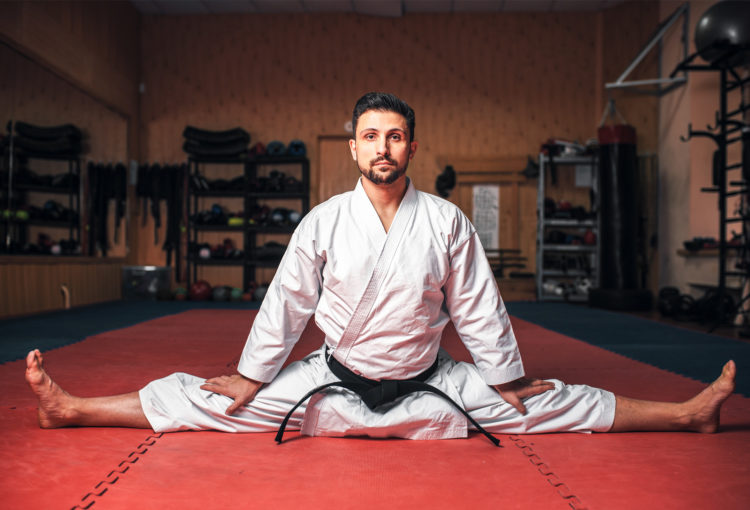
Improving your flexibility – especially in your hips, knees, and back – will also reduce your risk of getting hurt. Playing bottom game carries an inherent risk of injury, especially if you’re rolling with people who either can’t or won’t control their weight as they manipulate your lower half. If your plan is to focus on guard improvement, supplementing your training with yoga or even a few after-class stretches will go a long way in helping you stay healthy enough to keep rolling.
5- Don’t forget your grips.
Playing guard is about controlling distance, and keeping solid grips on your opponent to strategically pull them closer is just as important as using your feet and knees to keep them away.
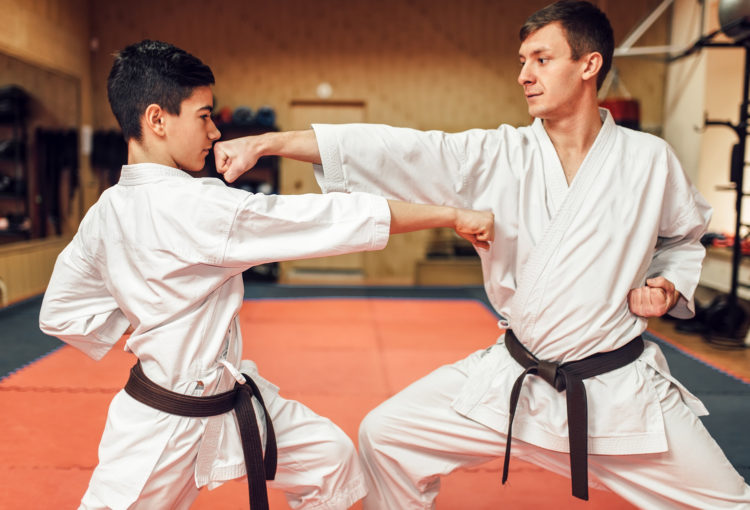
Grips also allow you to control your opponent’s hands, preventing them from establishing the holds they need to control your legs and hips and to transition to a dominant position. Some guards, such as spider and lasso, require good grips in order to be effective, and getting into the habit of keeping your hands busy while playing guard can greatly benefit your game.
As you practice playing guard, use different grips and see how they impact your guard game. When training gi, work with sleeve, lapel, and pant leg grips; in no-gi, work on establishing control of the ankles, wrists, and back of the head and neck. The more you can teach your upper half and lower half to work together, the more effective your guard will be.
Conclusion:
As with many positions in jiu-jitsu, playing guard requires a lot of focus on many techniques and strategies at once. Improving your guard may seem overwhelming at first, but the more you practice, the easier it will become. By implementing these tips, you can take your BJJ guard to the next level.
Also read: 10 Most Important Tips For BJJ Beginners

